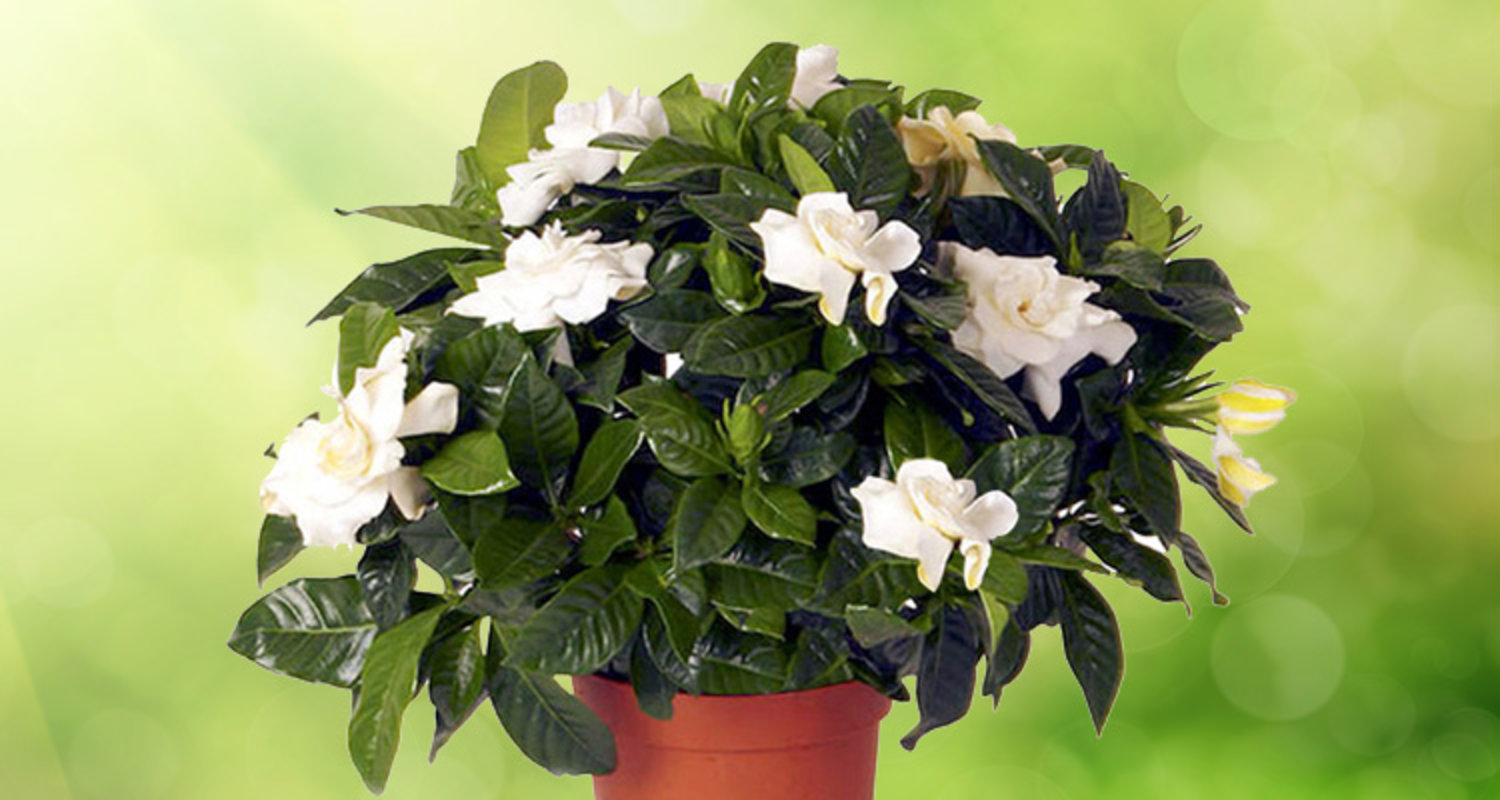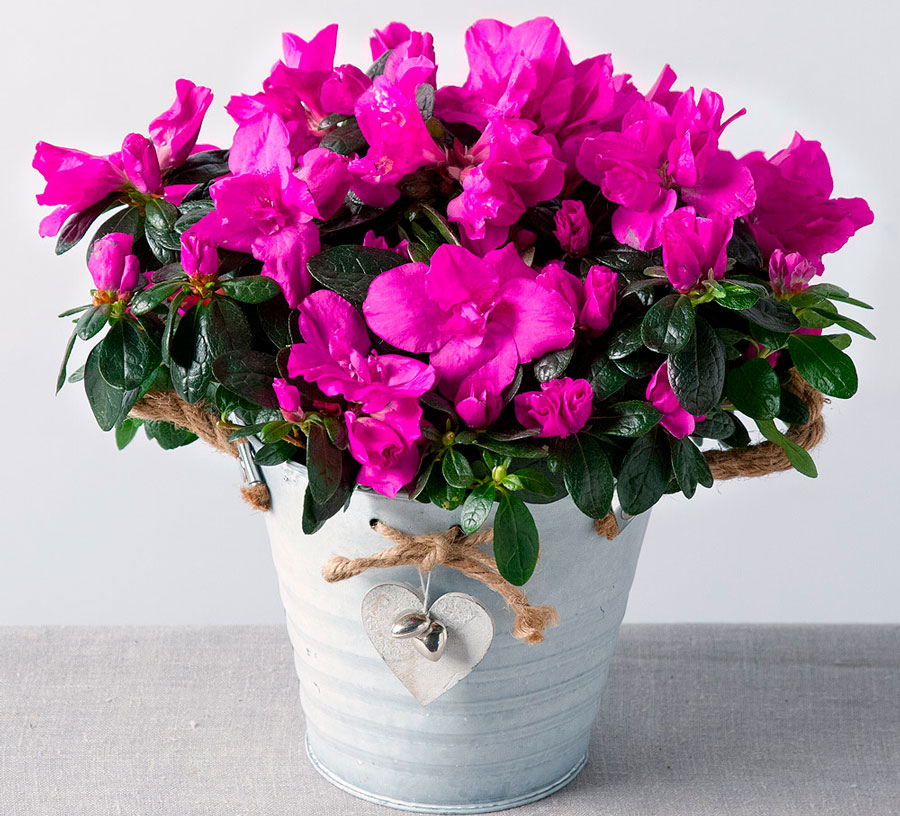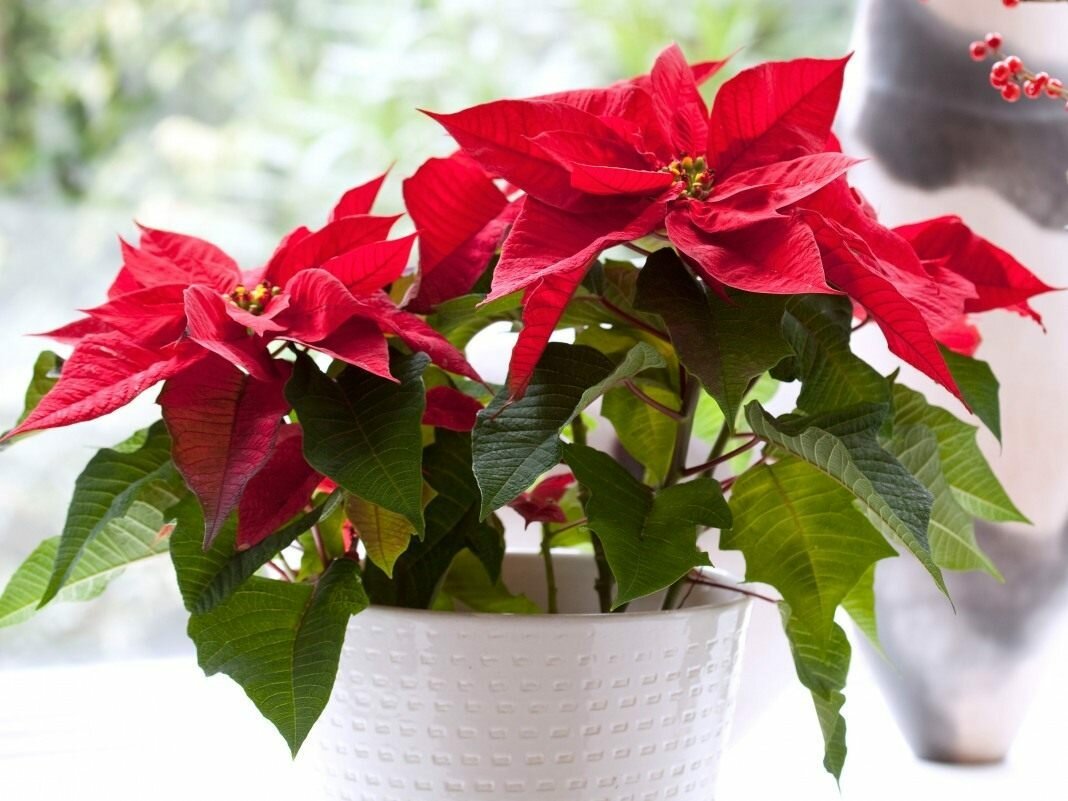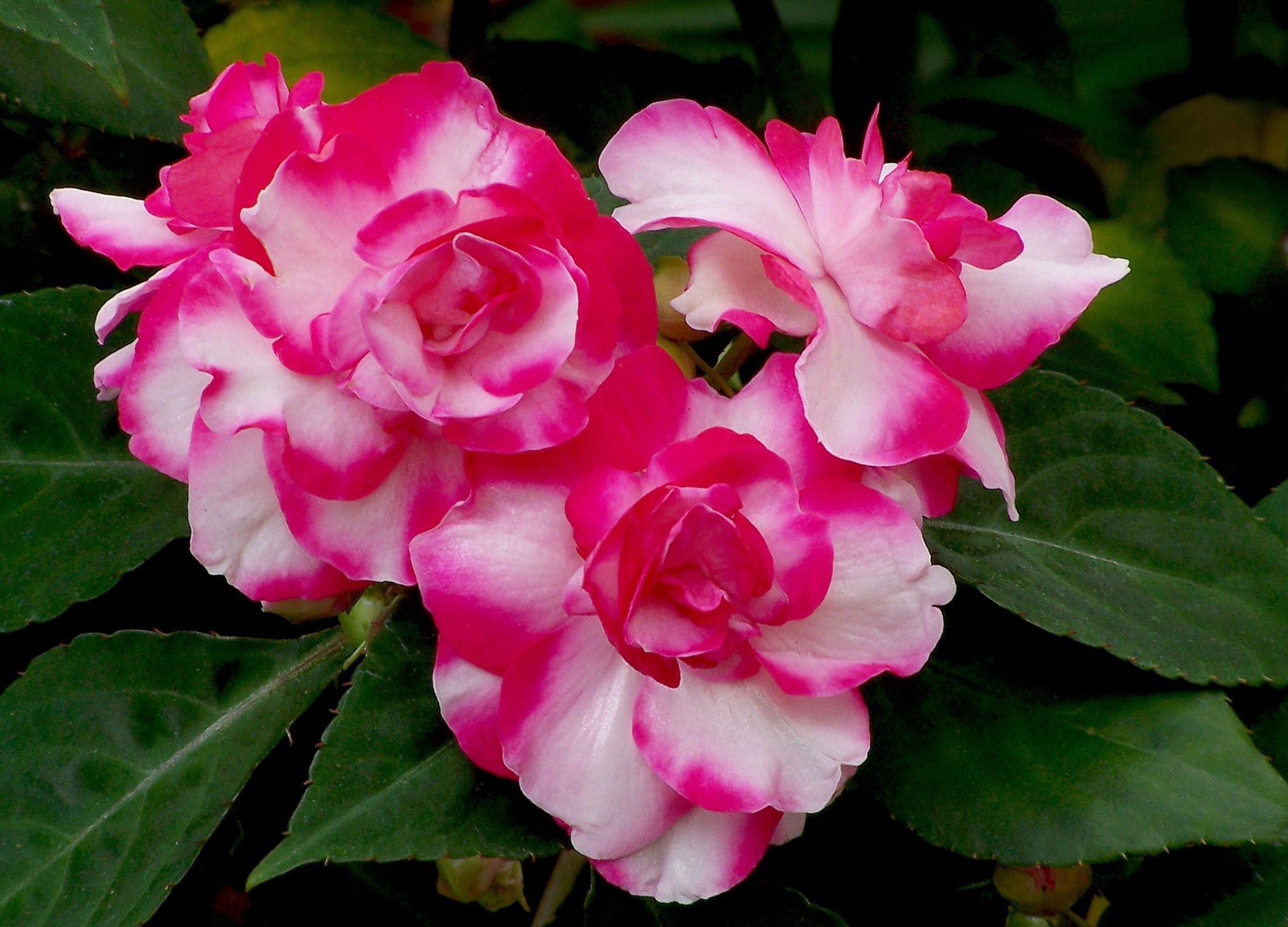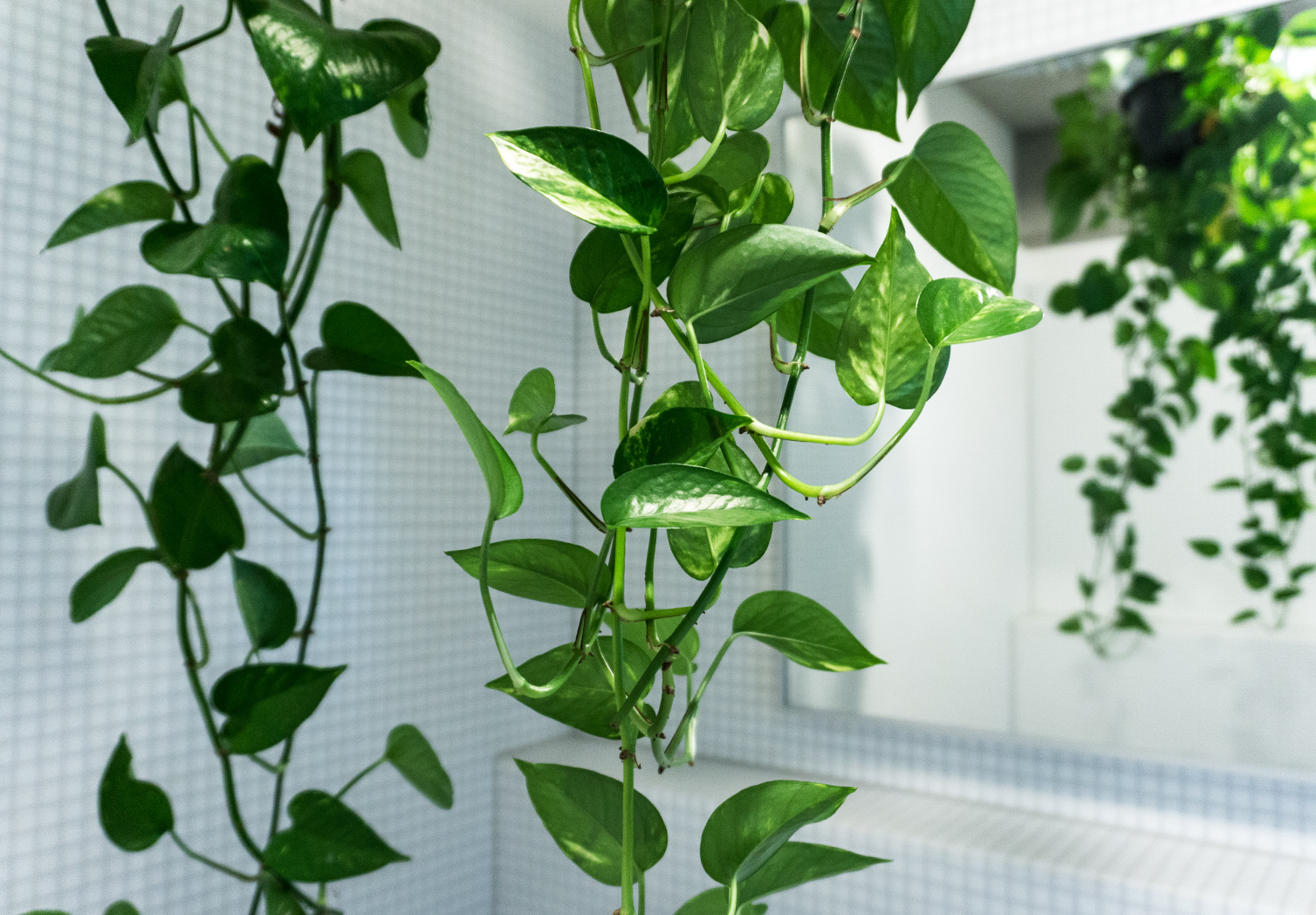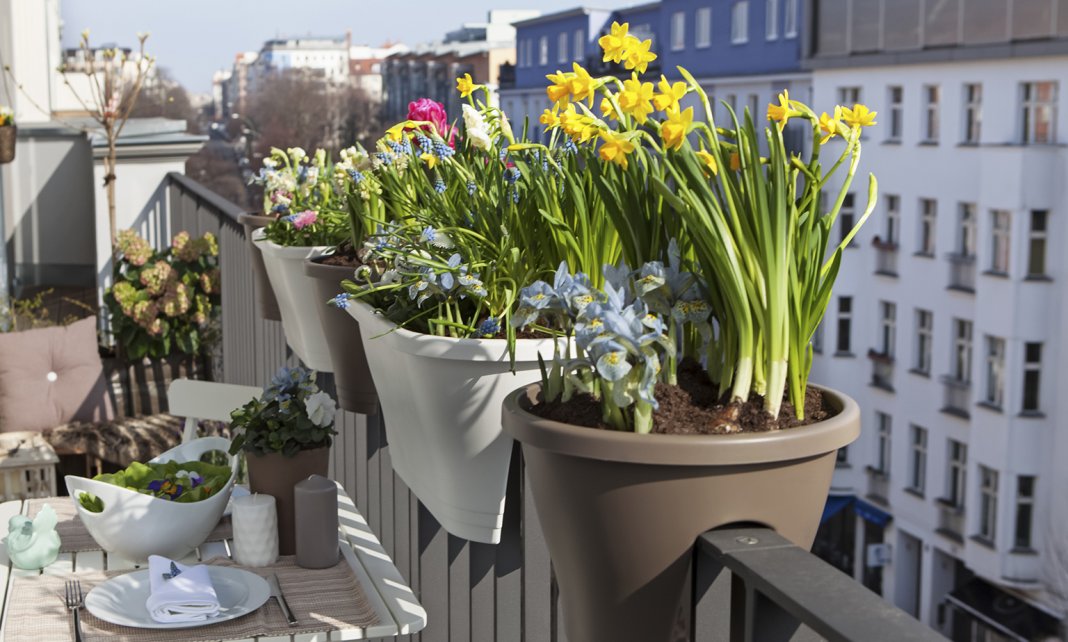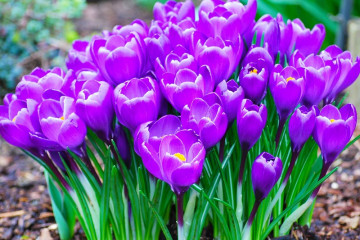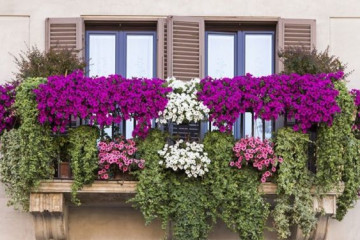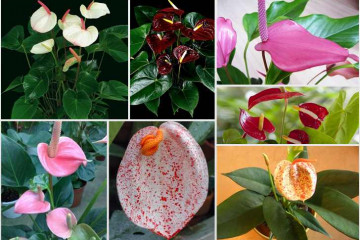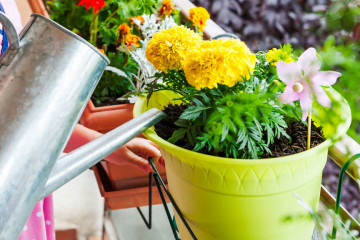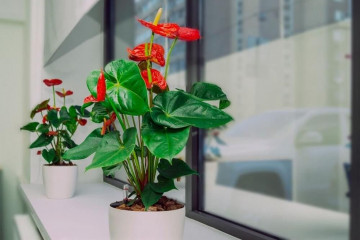Indoor flowers and flowering plants with names
Content:
Blooming indoor flowers add colors to the house and delight all year round. When an shoot appears from a green leaf in winter, and then a small bud and after a flower, this will definitely cheer up during the northern winds. How useful a small shrub can be, not every florist knows.
Therefore, choosing a beautiful flower or a decorative tree in a pot is worth it right. Certain species are able to enliven the atmosphere in the room and spread their incredible magnetism throughout the apartment.
The benefits of plants for the home
A house flower is not just a plant on a window. It has many beneficial properties:
- If the room is poorly ventilated, then a large amount of carbon dioxide accumulates in it. Flowers are able to absorb it, thereby saturating the room with oxygen.
- Some types of plants are medicinal: they can heal cuts, wounds and even burns, colds.
- In winter, the indoor air is humidified. During this time, the batteries promote dry air, which is very negative for the skin and well-being.
- Flowers absorb electromagnetic radiation from household appliances and appliances. This improves a good sleep and relieves headaches in a person.
- According to popular beliefs, when a house plant blooms, then happiness, peace and harmony come to the family.
Houseplants classification
Houseplants are divided into:
- Decorative blooming,
- Decorative deciduous,
- Succulents.
Beautifully flowering houseplants can be not only exotic species, such as an orchid, but also ampelous (curly) specimens and even mini-palms.
Also, plants are classified according to habitat:
- By gradations of air temperature: heat-loving, frost-resistant, cold-resistant.
- Humidity: moisture-loving and drought-resistant.
- By lighting: light-loving and hardy in the shade.
Category of decorative-flowering pot
Such plants have different flowering times. You can choose them so that the apartment is filled with different bright colors all year round.
The most beautiful indoor flowers in this category are:
- Azalea. The name came from China, where the shrub began to grow. Flowers are: white, pink, the most popular are red. Bloom from December to April. Azalea care is simple: she loves abundant watering and good lighting.
- Anthurium is a capricious flower. Needs warmth, clean air, increased moisture. It is popularly called “male happiness”.
- Begonia. It has many different varieties with variations in flower shape. An unpretentious flower to care for.
- Gerbera. Originally from South Africa, peduncles reach a length of 60 cm.
- Orchid. Flowers are variegated and monochromatic in most cases. They love diffused color and high humidity.
- Pelargonium. Loves slightly acidic or neutral soil.
- Rose flower. A very capricious beauty. It blooms in spring and pleases with flowers until autumn. Requires special care.
- Bells (campanula). Bloom from March to November.After that, it is imperative to prepare the shrub for winter.
Indoor plants blooming in winter
Blooming indoor plants, pleasing to the eye with flowering in winter:
- Poinsettia (the most beautiful euphorbia). It is also called the Christmas star. When blooming, it is covered with bright red, white or creamy leaf-shaped flowers.
- Hippeastrum. Doesn't require special attention. Loves warmth and diffused light.
- Bromeliad flowers. They have bright green leaves and colorful flowers. The most famous indoor flowers with pink flowers are Guzmania and Tillancia.
Plants blooming all year round
Home flowering plants adorn rooms, corridors and even entire grounds with their presence.
Long flowering houseplants are:
- Indoor maple (abutilone). As a rule, it fades in autumn. If it is provided with special color lamps and properly looked after, then the flowering will not end.
- Anthurium. Possesses glossy leaves. It develops best on southern and western windowsills.
- Balsam. He loves color very much, but is afraid of direct sunlight. It can be used for planting on landscape elements: from curbs to rock gardens. It got its name from the presence of a very sensitive fruit capsule: at the slightest touch, it opens. Balsam is distributed throughout the globe, except for Antarctica.
- Begonia. It is worth taking care of her constantly. The most picky are root begonias, which do not require rest, like tuberous ones. In the spring it is necessary to prune the shrub.
- Geranium. The main advantage is versatility: it can be both a houseplant and a garden one.
- Royal Pelargonium. In order for the flowering to be abundant, it is necessary to cut it off, leave 3-4 internodes.
- Chinese rose (hibiscus). One flower lives for a day (in terry species - up to 3 days). Refers to flowering indoor plants, the height of which can reach two meters.
- Coleria. Loves humid air, but does not tolerate spraying leaves.
- Pachistachis. The optimum temperature for it is + 23-26 degrees. With an increase, the shoots begin to bare, with a decrease, foliage falls.
- Ruelle. Watering is necessary only when the soil dries up. Ruelia does not like drafts and dry air.
Curly indoor vines
Some growers believe that there is no place for climbing vines in the house. This is prejudice. No flower can lead to quarrels and strife in the family.
Ampel plants are considered ornamental crops that have long and flexible stems. With their help, they twist up or, conversely, spread over the surface. The best planting option for them would be hanging vases or baskets. You can also install special supports for them to make it easier for the shoots to develop.
The most persistent ampelous plants
The best ampelous not picky plants are considered to be:
- Clerodendrum. Reproduction takes place in the spring using cuttings.
- Scindapsus golden. It blooms well even in poorly lit places, it is not afraid of temperature changes.
- Monstera. It can reach a height of 6 meters. The roots are airy and go down. Leaves are popularly called "weather predictors". During the rainy season, their tips are covered with water droplets.
- Ivy. In height, it can rise up to 30 meters and wrap around all the walls in the room. In the summer it should be sprayed, in the winter - wipe the leaves from dust.
- Cissus. Requires abundant watering and feeding.Young seedlings should be replanted annually.
- Wax ivy. It grows very well, it can decorate the whole wall of the room. However, it should be tied up and branches spread out. Young specimens require transplanting every year, old ones less often.
- Nephrolepis. Belongs to the Fern family. The feathery leaves, wai, hang down unusually. It is the most hardy of all types of porters, and also unpretentious in care. However, overdrying of the soil should not be allowed, it is necessary to provide humid air to nephrolepis.
- Maidenhair. This is a very showy bush. Its other name is dry stem. Water should be plentiful, otherwise the maidenhair will begin to fade.
- The pellet is round-leaved. It has round leaves strung on thin petioles.
- Asparagus. It has no leaves. Instead of them - needle-like formations. In the summer, it is worth sprinkling and watering the plant very abundantly, otherwise the needles will begin to fall off.
- Chlorophytum. It has drooping shoots, leaf rosettes appear in places of fading white flowers. Propagated by layering.
- Bindweed begonia. It is very unpretentious, but it develops better in rooms with humid air.
- Campanula (bell). White and blue flowers are popularly called "bride and groom".
- Hypocyrtus. Orange flowers are very similar to snapdragons. At the time of flowering, hypocyrt needs daily spraying and washing.
- Ahimenes. The flowers are available in white, purple and pink. In winter they do not require watering.
- Stephanotis. Flowers have a pleasant aroma, collected in umbrellas. In the spring and summer, it is necessary to feed him weekly.
- Indoor jasmine. It will fill the room with a pleasant light scent that will not give you headaches like classic jasmine.
Blooming bulbous perennials
This is a special type of flower that usually grows in landscaped areas. With proper care, flowering will continue from early spring to late fall.
Types of bulbous perennials:
- Corms,
- With a small onion,
- Bulbous.
The bulbs have the ability to retain all the nutrients inside them so that the flowers grow strong, bright and strong.
The following types are also distinguished for uninterrupted flowering:
- Primroses (spring). These are crocuses, woodlands, snowdrops. A little later, narcissus, tulips, irises, hyacinths begin to bloom.
- Summer, bulbous. They have a stunning color palette and a strong aroma: lily, dahlias, calla lilies, gladioli.
- Autumn. These include cyclamen, crocuses.
With which cultivation to start a florist
Home unpretentious flowering flowers, which will be a successful start for the future grower, are the following:
- Saintpaulia (violet). Can be placed on any windowsill, undesirable on the south side. Very compact.
- Geranium. A symbol of home comfort with useful properties.
- Phalaenopsis (orchid species). The flowers are shaped like a butterfly.
- Hoya. Often found in public places and shopping centers.
If you take care of your favorite plants, give them affection and love, they will always delight you with beautiful flowering during long working months. How nice it is to feel the scent of a flower and be filled with positive energy from it! Therefore, every housewife should plant and raise gorgeous beauties at home.
